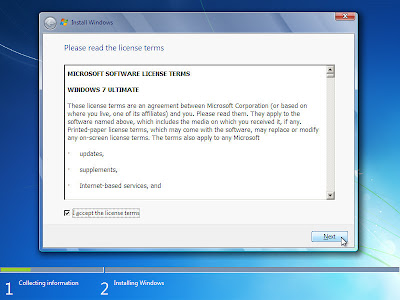Note: You don’t necessarily have to remove the RAM, Video Card, Cd Rom, Board and Power Supply. Later on you will learn to do cleaning part by parts. Just do the basic cleaning on your desktop by now.
Precautions:
Do not open your computer while it is running and shut down/turn off your computer.
Now you can proceed by moving your computer to a well-ventilated area like table or garage. Then gather your tools/ materials for you to reach them during cleaning so you do not need to move around while you do cleaning.
Tools you will need to clean your computer:
1. Set screw drivers
3. Cleaning cloth
4. Compressed Air/Air duster
5. Small paint brush
6. Zip ties (if needed)
7. Cotton buds
8. Thermal paste (if needed)
9. Pencil or pen (If needed)
10.Tape (if needed)
11.Flash light(if needed)
Cleaning
1. To start the cleaning process, begin with unscrewing the back
of the panel of your desktop.
2. Then slide the side panel of the computer case.
3. Grab your compressed air and hold the trigger to release a
burst of air onto an area with a lot of dust build up.If the
compresses air can't remove the dust then you might use the
small paint brush.
4. Next,removing any dust particles that may have found inside
the Ram slots.Take your compressed air, hold the trigger, and
move it down the entire slot.Repeat this for every slot in
your computer case.
5. Now,move unto other equipment inside desktop such as your CPU
fan and power supply unit.Use your compressed air to blow
out any dust particles into the power supply box and the cpu
fan. You can also use a cotton buds to clean the fan by
rubbing it gently against the blades to stick the dust
particles.
6. Then don’t forget to zip ties the necessary electrical around
all your cables inside your cpu case.You can now truck them
away to reduce their visibility and give your computer’s guts
a cleaner look.
7. Finally, Wipe cpu case using the dust cloth then Plug your
cables back into their correct sockets and put back any
removed peripherals such as sticks of RAM or Video Card, back
into their appropriate sockets.
Your compute inside and out, should be looking as good as new
And your cables should be neatly managed and out of the way of fans and other sensitive equipment.Don’t forget to clean your computer every 3 to 6 months to keep that performance up!
























































